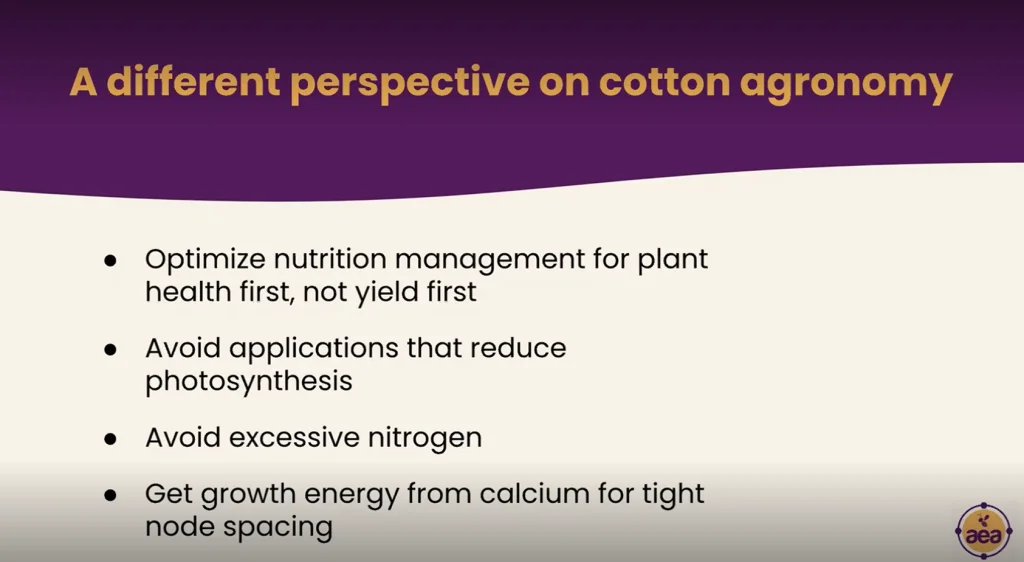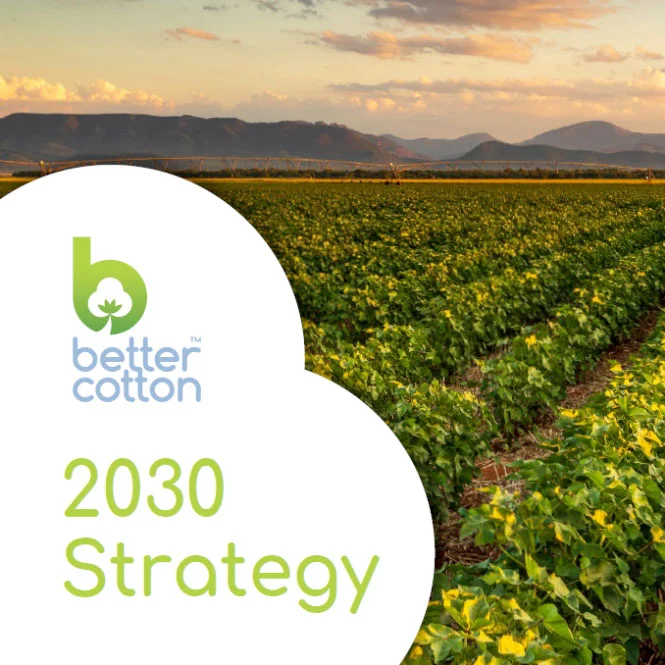- Who we are
- What we do
In just over 10 years we have become the world’s largest cotton sustainability programme. Our mission: to help cotton communities survive and thrive, while protecting and restoring the environment.
- Where we grow
Better Cotton is grown in 22 countries around the world and accounts for 22% of global cotton production. In the 2022-23 cotton season, 2.13 million licensed Better Cotton Farmers grew 5.47 million tonnes of Better Cotton.
- Our impact
- Membership
Today Better Cotton has more than 2,700 members, reflecting the breadth and diversity of the industry. Members of a global community that understands the mutual benefits of sustainable cotton farming. The moment you join, you become part of this too.
- Associate Membership
- Civil Society Membership
- Producer Organisation Membership
- Retailer and Brand Membership
- Supplier and Manufacturer Membership
- Find Members
- Member Monitoring
- Better Cotton Platform
- myBetterCotton
- Resources – Better Cotton Conference 2022
- Complaints
- Whistleblowing
- Safeguarding
- Get Involved in the Better Cotton Programme
- Thank you for contacting us
- Better Cotton’s Data Privacy Policy
- Log in
- Members’ Area
- Request for Proposals
- Better Cotton Cookie Policy
- Web Reference
- Measuring Cotton Consumption
- How to Implement the Chain of Custody Standard
- Resources – Better Cotton Conference 2023
- Certification Bodies Old
- Latest
- Sourcing
- Latest
The founding premise of Better Cotton is that a healthy sustainable future for cotton and the people that farm it is in the interests of everyone connected with it.
Let us help you find what you’re looking for
Results for {phrase} ({results_count} of {results_count_total})Displaying {results_count} results of {results_count_total}
By Alvaro Moreira, Senior Manager, Large Farm Programmes and Partnerships at Better Cotton

On 11 October, we hosted the Better Cotton Large Farm Symposium, bringing together growers and partners from six continents to hear success stories from the field and discuss what’s needed to bring about real change.
The symposium kicked off with a keynote address from John Kempf, Founder of Advancing Eco Agriculture and the host of the Regenerative Agriculture Podcast, who discussed his work studying crop nutrition and collaborating with regenerative cotton growers and researchers.
This was followed by a series of case studies from around the world. Adam Kay, CEO of Cotton Australia; Dr John Bradley, Owner and Operator at Spring Valley Farms in Tennessee; and Ilkhom Khaydarov, Chairman of the Uzbekistan Textile and Garment Industry Association, shared their experiences in key topics such as water use, tillage and supply chain transparency.
We closed out the event with interactive breakout sessions, where participants got to share and discuss obstacles to the adoption of sustainable farming practices, and ways to meet these challenges.
The event was full of useful insights, and it was great to hear a huge range of perspectives from farmers around the world. Here are my top three takeaways from the sessions:
Optimise plant health and yield will follow

Discussing his experiences across various agricultural sectors including cotton, John Kempf called for a shift in farmers’ mindsets when it comes to plant health. He stressed that farmers should not make yield their primary focus, but instead prioritise plant health first. As he explained, when you prioritise nutrition, yield increases will automatically follow.
In his experience, understanding plant nutrient needs during different phases of growth and introducing nutrition controls can lead to significant and rapid yield responses; in the first year of experimenting with sap analysis in cotton plants, he witnessed a 40-70% overall yield increase. This also led to a significant decrease in the use of fertilisers and pesticides.
Despite differing contexts, key challenges are universal
Across the case studies and breakout discussions, it became clear that while specific cotton-growing contexts may differ, there are many common issues shared across countries.
- When discussing the barriers to introducing new sustainable practices, a number of key challenges came up again and again, including:
- The need to minimise risk and the fear of the unknown
- A lack of financial incentives and human resources available to adopt new technologies and techniques
- Limited access to technical support, even where the technology is available
With limited resources, farmers need to understand and prioritise barriers in order to overcome them.
Bringing farmers together to drive the adoption of sustainable practices
To overcome these challenges, demonstrating and sharing results at large-scale is key. Networks, partnerships and collaborations, including stronger connections to markets, drive new and innovative sustainable farming practices.
In many cases, farmers are doing the right things, but maybe at the wrong time or with inefficient equipment. Small changes can make significant yield impacts, and it can sometimes be easier for third parties, including their peers, to uncover new insights on how to improve agronomic management.
The active participation we saw during the symposium shows that there’s a lot of interest in this convening approach. By uniting farmers with experts who are immersed in efforts to improve cotton farming practices and improve environmental outcomes, we hope to support growers in overcoming the obstacles they face so that cotton communities can survive and thrive.


